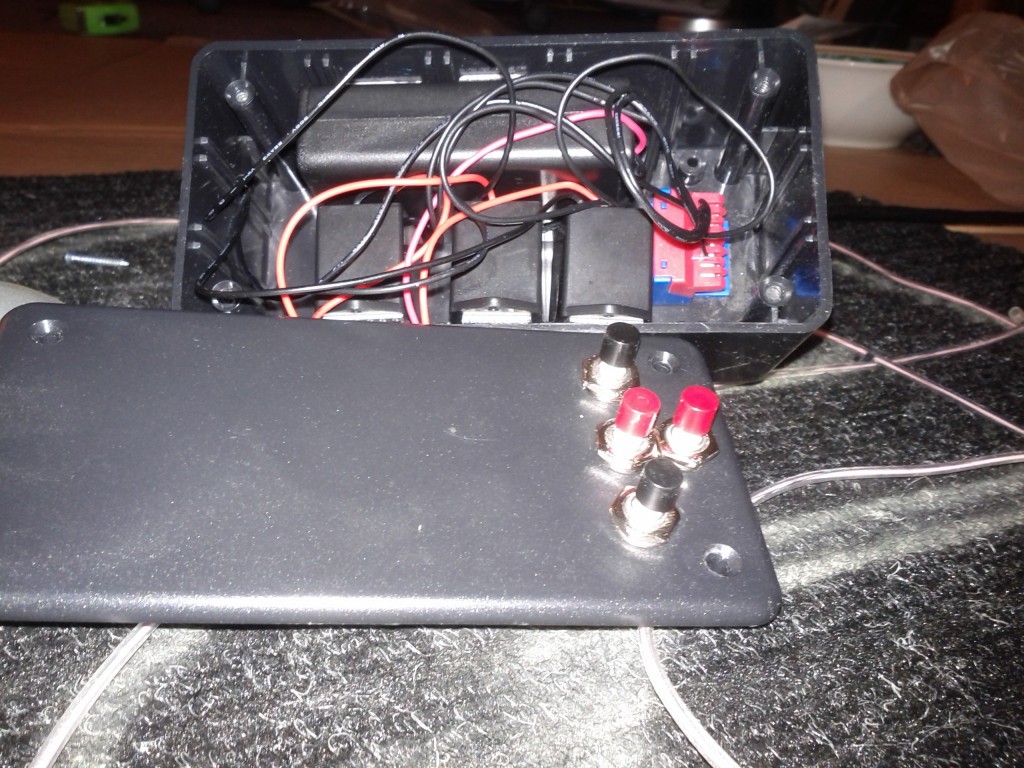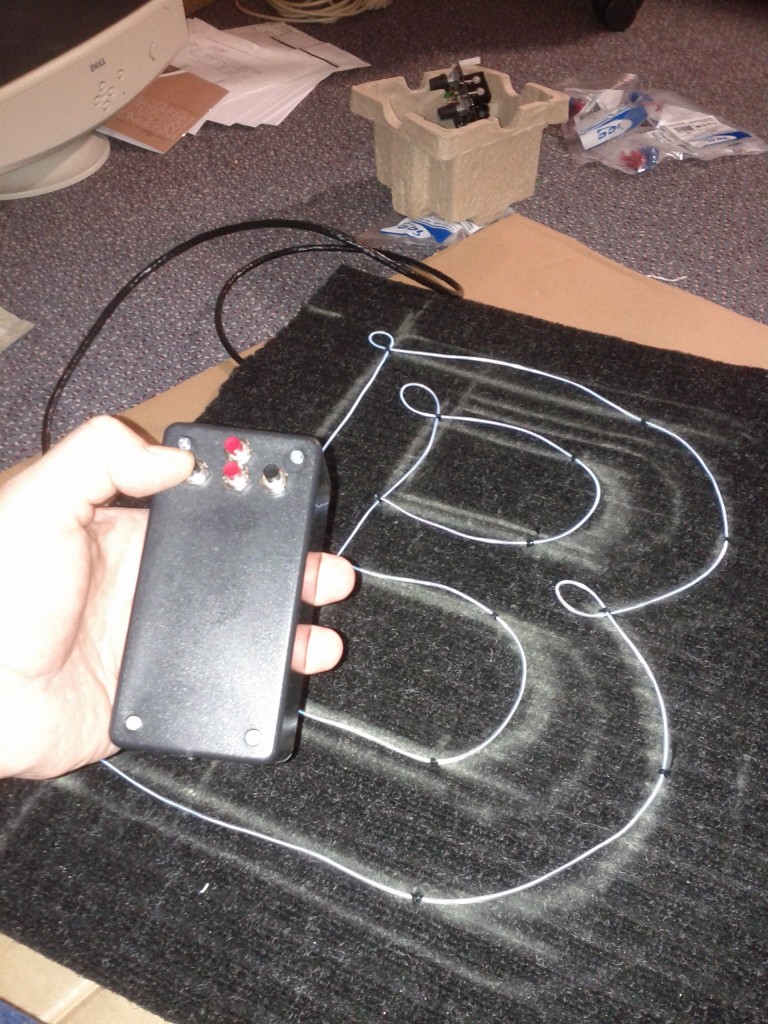So I’ve been off doing all sort of things but not blogging and am now getting back to documemnting my fun on my Blog. I’ll give an update soon on the on going progress on various things but at this point I am crazy excited about making a board. This came about when I discovered (thru Joe LeGasse) that there is a board service through Seed Studio to have boards made really (really) cheaply. Ten 2-layer boards of a 50mm x 50 mm with plate through holes, solder mask and silkscreen are $9.90 plus shipping ($3.87). There are other options as well. The service is called Fusion PCB so check it out.
I have been working on a controller for an industrial strobe light that I purchased on ebay a number of years ago. It’s a motion analysis strobe made by Kodak that will accurately strobe up to 2kHz but just has a BNC jack for a trigger signal (no timing electronics). I’ve borrowed a function generator from work in the past to use it occasionally but have wanted to build a good trigger circuit.
I put something together on an arduino that works well. It uses the 16-bit counter/timer to count 16MHz clocks to generate the singal on arduino Pin 9, which is directly connected to timer/counter OC1A. I also connected an LCD shield from adafruit that has 5 buttons on it so that I could set the frequency. This is working great. I was about to package this up as a final gadget when I found out about the Fusion service. So I put together a board that has an ATMega328, 6 pin interface to an LCD, 4 buttons a 12V output for the strobe and an LED that blinks with the strobe.
I bought Eagle light for $69. I know there is a free version available but I wanted to get the latest version and upgrade and I know I will be using this a lot and maybe for something commercial (who knows). I also think that software professionals should be paid for their effort and this is professional grade product.
I copied the ATMega328 stuff from boarduino. This has the power supply, connection to the arduino USB programmer using an FDTI interface, a connector for ISP/Debug and the AVR part. I stripped out the connectors and the connection of the reset line through a capacitor to the FDTI interface (this connection disables the ISP debugging capabilty). I added the circuitry I wanted and place and routed the board. Even as a rookie with eagle cad this took me only about 6 hours to make the schematic, place the parts, route the board and generate the gerber files. I paid the $13.77 and emailed the files to Seed Studio and I should have the boards in a few weeks.
The schematic and board files are at https://github.com/gdhamp/Strobe-Controller. I’ll move the code into this repository soon.





